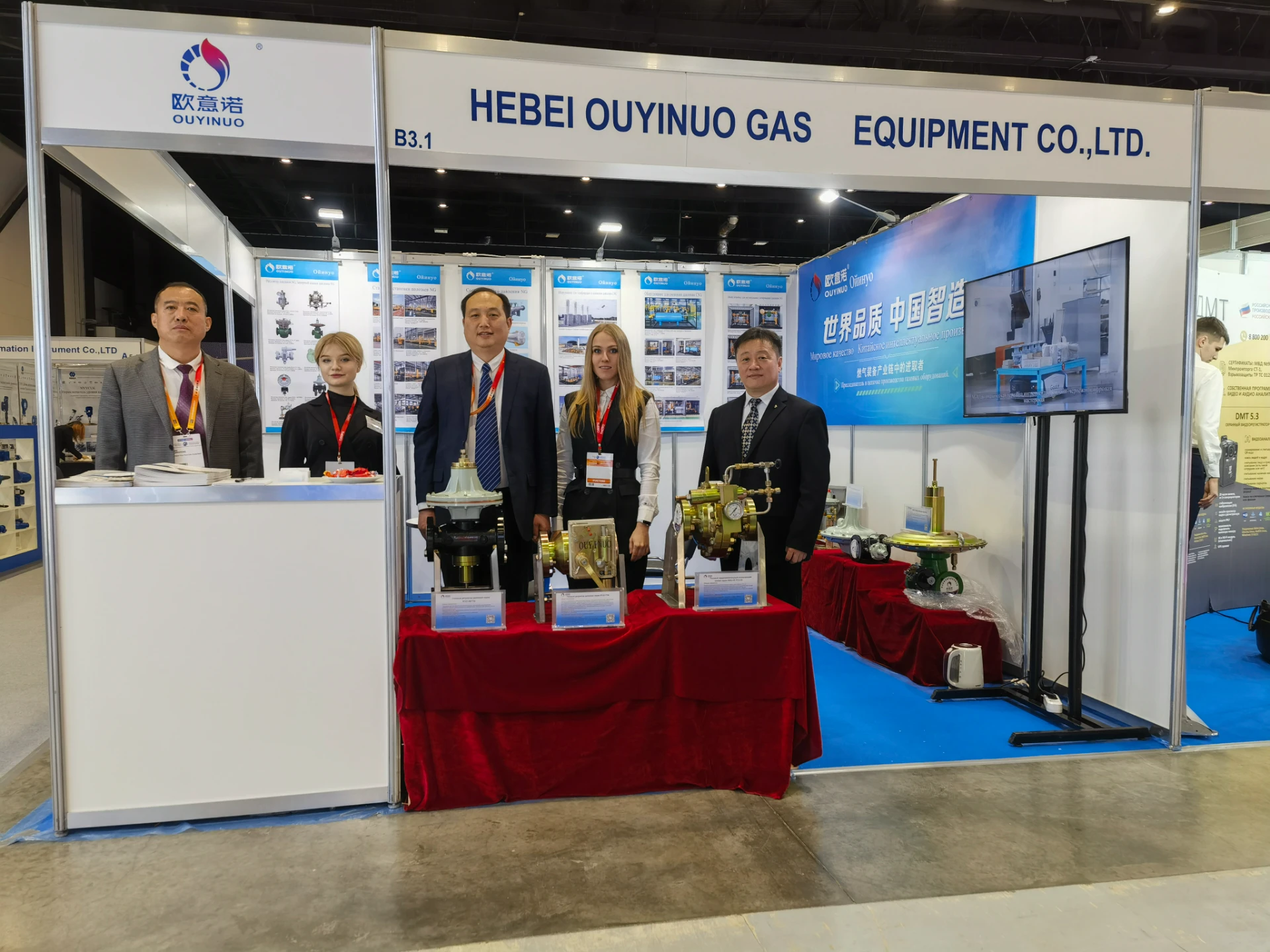
Dec . 11, 2024 09:13
Back to list
صمام تنفيس أمان الغاز
Safety Relief Valves for Gas An Essential Component for Safety
In industrial environments and residential settings alike, safety is paramount, especially when dealing with potentially hazardous materials like gas. One of the critical components that ensure safety in systems utilizing gas is the safety relief valve, or صمام تنفيس أمان الغاز in Arabic. This essential device plays a significant role in preventing overpressure situations that could result in catastrophic failures.
Understanding Safety Relief Valves
A safety relief valve is designed to automatically release excess pressure from a system when it exceeds a certain threshold. This function is crucial in maintaining the integrity of gas systems, which often operate under high pressure. In the event of a malfunction or a sudden increase in temperature—such as a fire—gas pressure can rise to dangerous levels. Without a safety relief valve, this could lead to explosions or the rupture of gas containers, resulting in injuries, property damage, and environmental hazards.
How Safety Relief Valves Work
The mechanism of a safety relief valve is relatively simple yet highly effective. Each valve is calibrated to open at a predetermined pressure level. When the internal pressure exceeds this level, the valve opens, allowing gas to escape and thus reducing the pressure within the system. Once the pressure drops to a safe level, the valve automatically closes, ensuring that normal operations can resume without human intervention.
There are primarily two types of safety relief valves spring-loaded and pilot-operated. Spring-loaded valves utilize a spring mechanism to close and open based on pressure fluctuations. Pilot-operated valves, on the other hand, employ a smaller valve to control the opening and closing of the main valve, providing better regulation and control in larger systems.
صمام تنفيس أمان الغاز

Applications of Safety Relief Valves
Safety relief valves are used in various applications involving gas, ranging from natural gas pipelines to residential gas appliances. In commercial and industrial settings, these valves protect equipment like compressors, boilers, and storage tanks. In residential applications, they are found in hot water heaters and gas furnaces, safeguarding homes from overpressure incidents.
The importance of these valves cannot be overstated; they are a crucial line of defense against potential disasters. Regular maintenance and inspection of safety relief valves are essential to ensure their functionality. An inoperative valve can lead to increased risks, making it imperative for facility managers and homeowners to follow manufacturers' guidelines for testing and servicing these devices.
Regulatory Standards and Safety Protocols
To protect public health and safety, regulatory agencies impose strict standards regarding the installation and maintenance of safety relief valves. In many countries, compliance with industry standards, such as those set by the American Society of Mechanical Engineers (ASME) or the International Organization for Standardization (ISO), is mandatory. These guidelines help ensure that safety relief valves function as intended and are capable of protecting against dangerous pressure levels.
Conclusion
In summary, safety relief valves are an integral component of any gas system. Their design and operation help prevent overpressure scenarios that could lead to explosive incidents. As reliance on gas for energy and heating continues to grow, so does the importance of understanding and maintaining these critical devices. Regular inspections, adherence to safety regulations, and a proactive approach to maintenance can ensure that safety relief valves continue to serve their purpose effectively, protecting lives and property every day. In the realm of gas safety, these unassuming yet vital components deserve our utmost respect and attention.
Latest news
-
Safety Valve Spring-Loaded Design Overpressure ProtectionNewsJul.25,2025
-
Precision Voltage Regulator AC5 Accuracy Grade PerformanceNewsJul.25,2025
-
Natural Gas Pressure Regulating Skid Industrial Pipeline ApplicationsNewsJul.25,2025
-
Natural Gas Filter Stainless Steel Mesh Element DesignNewsJul.25,2025
-
Gas Pressure Regulator Valve Direct-Acting Spring-Loaded DesignNewsJul.25,2025
-
Decompression Equipment Multi-Stage Heat Exchange System DesignNewsJul.25,2025

